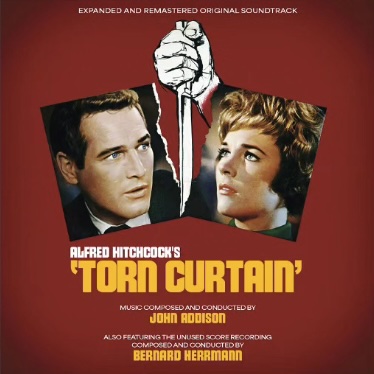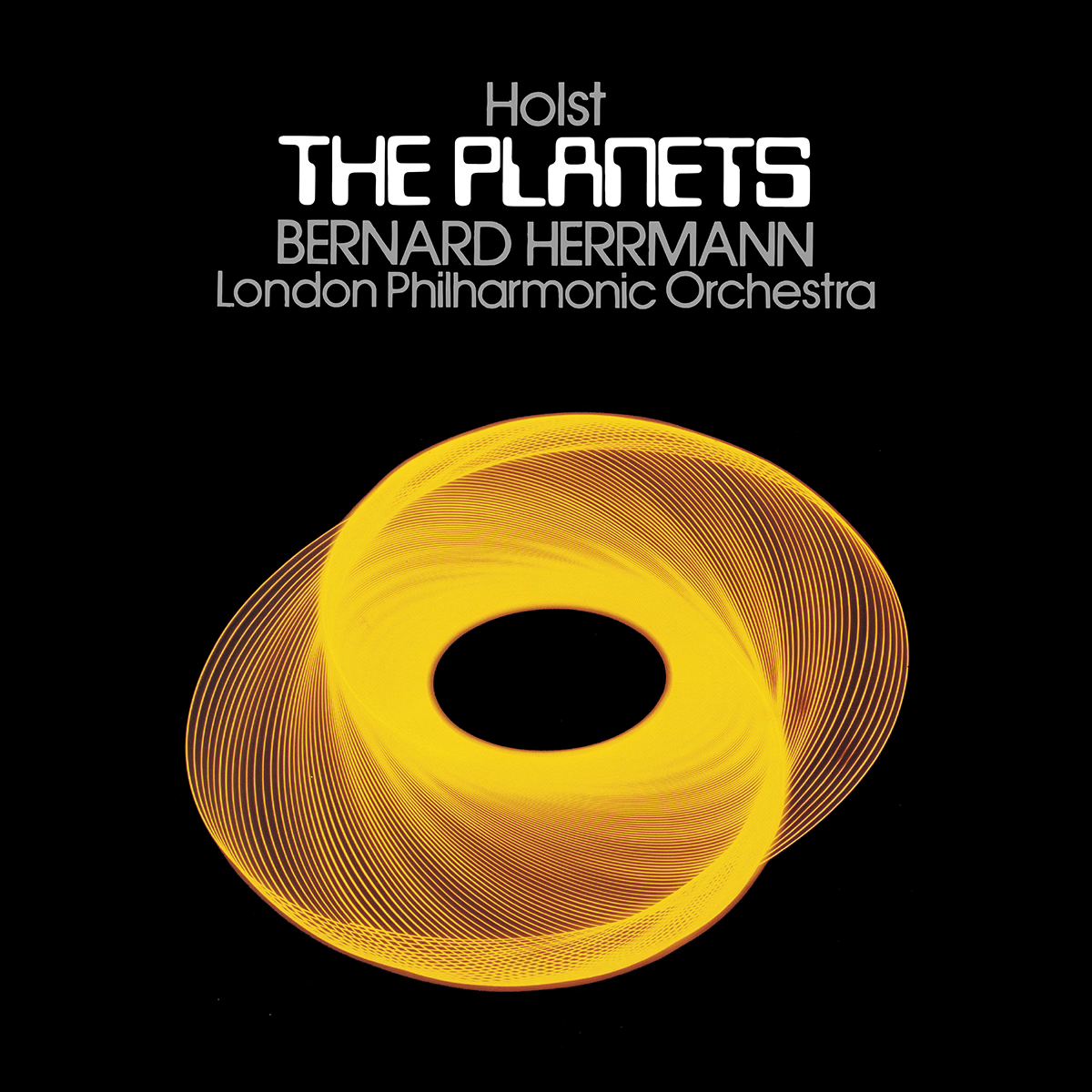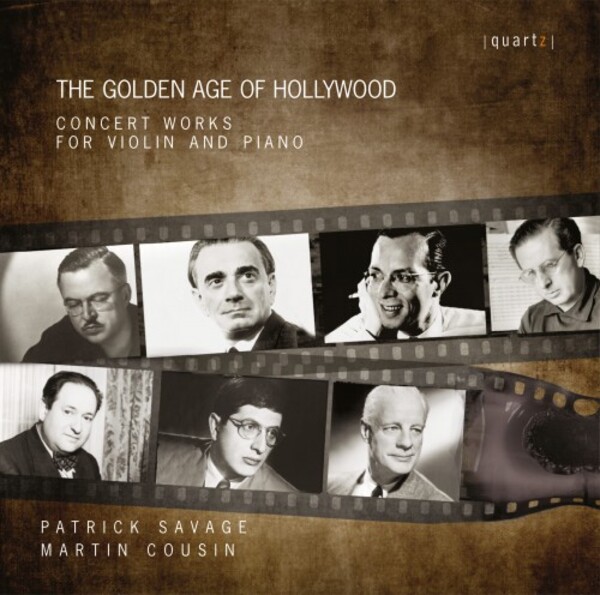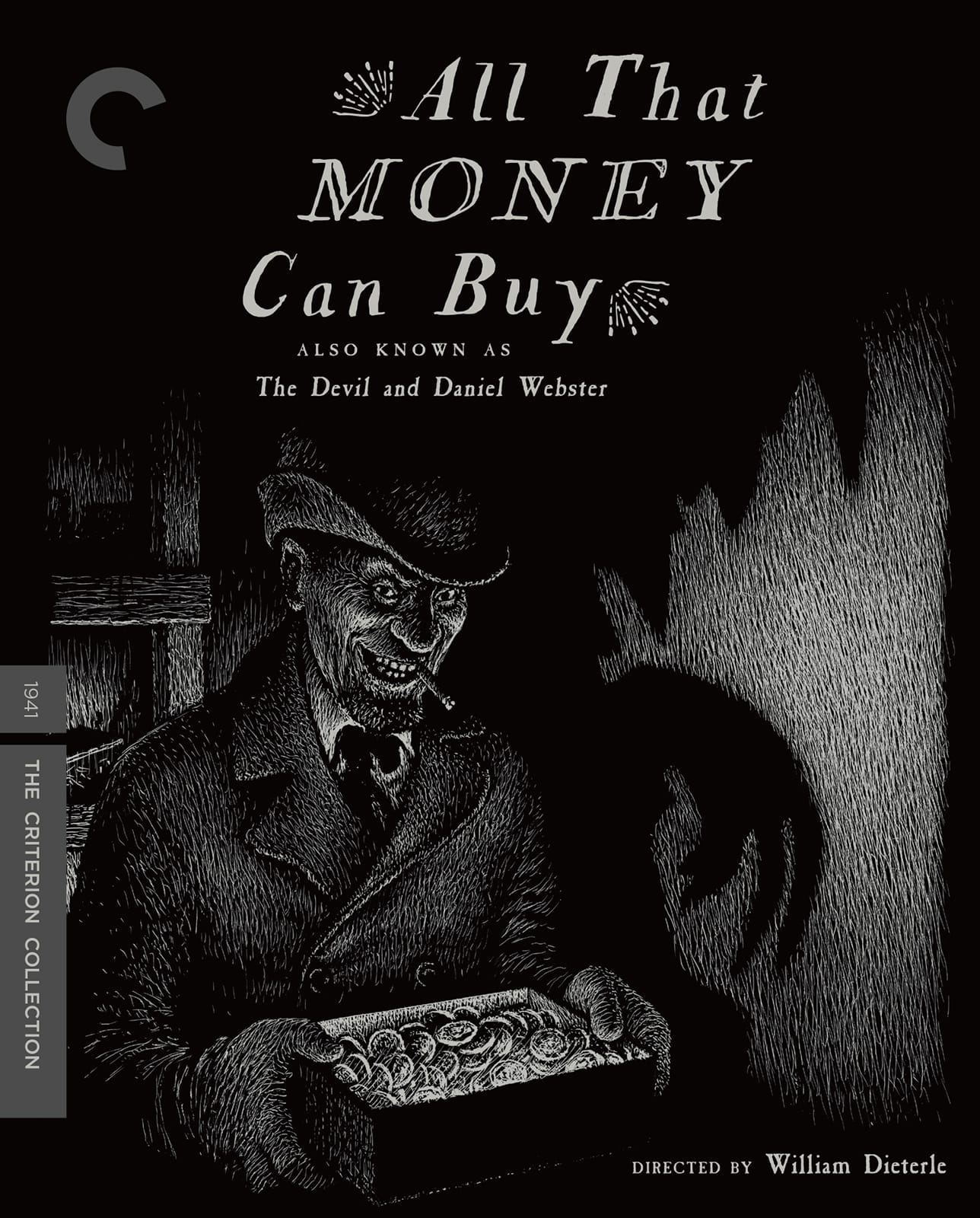A friend of Charles Ives from 1933 until Ives’ death in 1954, Herrmann conducted many of his works in concerts and on the radio. In 1972 made a record of the Second Symphony for Decca.
This article by Bernard Herrmann was originally published in Trend: A Quarterly of the Seven Arts 1, no. 3 (Sept-Oct-Nov. 1932), [p. 99-101]. Special thanks to Bob Kosovsky.
Bernard Herrmann, 1932
The music of Charles Ives is a fundamental expression of America– the America of the transcendental period,–of Emerson, Thoreau, and Whittier. It is of New England–the New England of granite puritanism seen through a musical mind unique and extraordinary. His music reveals a brooding introspective and profoundly philosophic temperament, tempered by keen observation of man and nature.
Ives is now close to seventy–he has written over 200 works, in all forms. Of these, not one has been played by any of our large symphony orchestras, and aside from a handful of specialists and musical cranks, even his name is unknown in so-called musical circles.
Ives was developing thirty years ago a musical technique which today the moderns declare are their innovations.
The way of example: in 1890 Ives was writing poly-tonality, which, in 1910, Milhaud introduced in popular garb. In 1902 he was producing poly-rhythms, atonality and tone clusters which many years later Stravinsky, Schoenberg and Ornstein received credit for originating. Let it be clearly understood that the above composers were not aware of Ives’ work, any more than Ives had been aware of their compositions, thirty years ago.
The fact that music, in recent years, has caught up with what Ives was doing, three decades before, proves that the new expression in music, to which he was the first to be sensitive, has been found to be the logical and inevitable step forward.
Ives’ music is actually far more logical than Schoenberg’s or Stravinsky’s. His music is not built upon a set of mystical incantations, formulated under gaslight in the suburbs of Vienna, or upon a group of artificial, neo-classic rules.
Ives’ modernism is the result of his observation of town and country. “The circus parade comes down Main Street–the old hymn tune that sings to those in the churchyard and haunts the church– with the concert at the Stanford camp meeting and the barn dances on a cold February evening.” And the early reproducing of these perceptions brought about a highly complex and dissonant musical style.
However, if it were that he merely led the march of music in its really self-decided direction, he might have a clinical interest for musicologists, for historians, and other people curious about the dregs of music. But the music of Ives reveals him as one of the most inspired of living composers; one whose inspiration derived from the writings of the transcendental authors.
Ives’ finest compositions are “The Concord Mass.” and “The Fourth Symphony.” “The Concord Mass.”, 1840-1860, is his second piano sonata and was inspired by the spirit of the transcendentalism that was associated in his mind with the town of Concord of nearly one hundred years ago.
The first movement, “Emerson,” is prefaced by the following comment:
There is an “oracle” at the beginning of the Fifth Symphony–in those four notes lies one of Beethoven’s greatest messages. We would place its translation above the relentlessness of fate knocking at the door, above the greater human-message of destiny, and strive to bring it towards the spiritual message of Emerson’s revelations–even to the “common heart” of Concord–the Soul of humanity knocking at the door of the Divine mysteries, radiant in the faith that it will be opened–and that the human will become the Divine!
This movement is divided into three sections, prose and verse and coda, the coda being one of the most superb pages in music. In its twilight mood, it is only comparable to the coda of the last movement of Brahm’s Symphony in F major. The scherzo tries to suggest Hawthorne’s fantastical adventures into the half- childlike, half-fairylike phantasmal realms–about the ghost of a man who never lived, or about something that will never happen, or something that is not. The third movement is a sketch in form of a free improvisation–of Beth Alcott at the old spinnet-piano, playing and improvising on old Scotch airs, hymn tunes, and on Beethoven’s Fifth Symphony. This movement is constructed on simple, diatonic harmonies. The finale follows Thoreau’s thoughts on a day in Indian summer, at Walden. It is twilight, and the poet’s flute is heard out over the pond. “‘Tis an evening when the whole body is one sense.”
This piano sonata is one of the most difficult of Ives’ composition to perform. Tone clusters, poly-tonality, overlapping rhythms, free phrasings and portions to be improvised by the player at his own discretion, are some of the technical devices used throughout this sonata.
The Fourth Symphony, in the writer’s opinion, one of the greatest symphonies ever penned. It is the great American symphony that our critics and conductors have cried out for, and yet the symphony has remained unperformed except for an excerpt played at the Pro Musica some years ago. The prelude is derived from the silence of a Sabbath hour when the soul, beset and weary of earthly vexations, turns toward the infinite with questions of the ultimate meaning of existence. The succeeding movements are the diverse answers. The fugue is an expression of the reaction of life into formalism and ritualism. The scherzo, in which the easy, and the worldly, progress through life with the trials of the Pilgrims in their journey through the swamps and the country. The finale is an apotheosis of the preceding content in terms that have to do with the reality of existence and its religious experience.
“The strains of one man may fall far below those Phaetons of Concord or of the Aegean Sea, or of Westmoreland–but the greater the distance his music falls away, the more reason that some greater man shall bring his nearer those higher spheres.”
This is the expression of a man who approached art with humility.






![The Man Who Knew Too Much – 4K restoration / Blu-ray [A]](../../wp-content/uploads/2023/11/TMWKTM-4K.jpg)
![The Bride Wore Black / Blu-ray [B]](../../wp-content/uploads/2023/07/BrideWoreBlack.jpg)
![Alfred Hitchcock Classics Collection / Blu-ray [A,B]](../../wp-content/uploads/2020/07/AHClassics1.jpg)
![Endless Night (US Blu-ray) / Blu-ray [A]](../../wp-content/uploads/2020/03/EndlessNightUS.jpg)
![Endless Night (UK Blu-ray) / Blu-ray [B]](../../wp-content/uploads/2019/12/ENightBluRay.jpg)